by Amineddoleh & Associates LLC | Jan 26, 2023 |
Our founder, Leila A. Amineddoleh, was featured in the Washington Post last week. She discussed challenges facing claimants following a complaint made against the Guggenheim Museum for retaining a Picasso that was allegedly sold under Nazi duress. Read more here. Leila was also quoted this week in an article for ABC News discussing the ethical implications of resolving cultural antiquities ownership disputes. Read her take here.
Additionally, Maria T. Cannon contributed an opinion to the Wall Street Journal last week. She commented on the ethical implications of attorneys who may be tempted to use ChatGPT while representing clients. Find the article here.
by Amineddoleh & Associates LLC | Dec 14, 2022 |
In this annual newsletter, Amineddoleh & Associates is pleased to share some major developments that took place at the firm and in the art world during 2022.
LITIGATION AND SETTLEMENT UPDATES
The “Goodwill” Marble Bust

The Marble Bust looted during WWII that was found in Texas and will be returned to Germany
Possibly the most talked about art law matter of the year was the return of an ancient marble bust to Germany. The 2,000-year-old artifact likely originated from Rome, but it was acquired by Bavarian King Ludwig I and then placed in a German museum from where it was looted during World War II. Our client, Laura Young, bought it at a local goodwill shop and ultimately returned it to Germany. It was an honor to advise her and work with her to negotiate the internationally celebrated return.
Copyright Infringement Lawsuit
At the start of the year, we filed a litigation in Iowa on behalf of a muralist, Chris Williams. His work was featured in an advertisement that aired during the Super Bowl. We are currently representing him in a lawsuit for copyright and a violation of his moral rights on the Visual Artists Rights Act.
ART & IP NEWS
One of our favorite things about the art market is that there is always something exciting happening in the art world. Some of our most popular blog posts from this year are found below.
Celebrities and Fossil Collecting
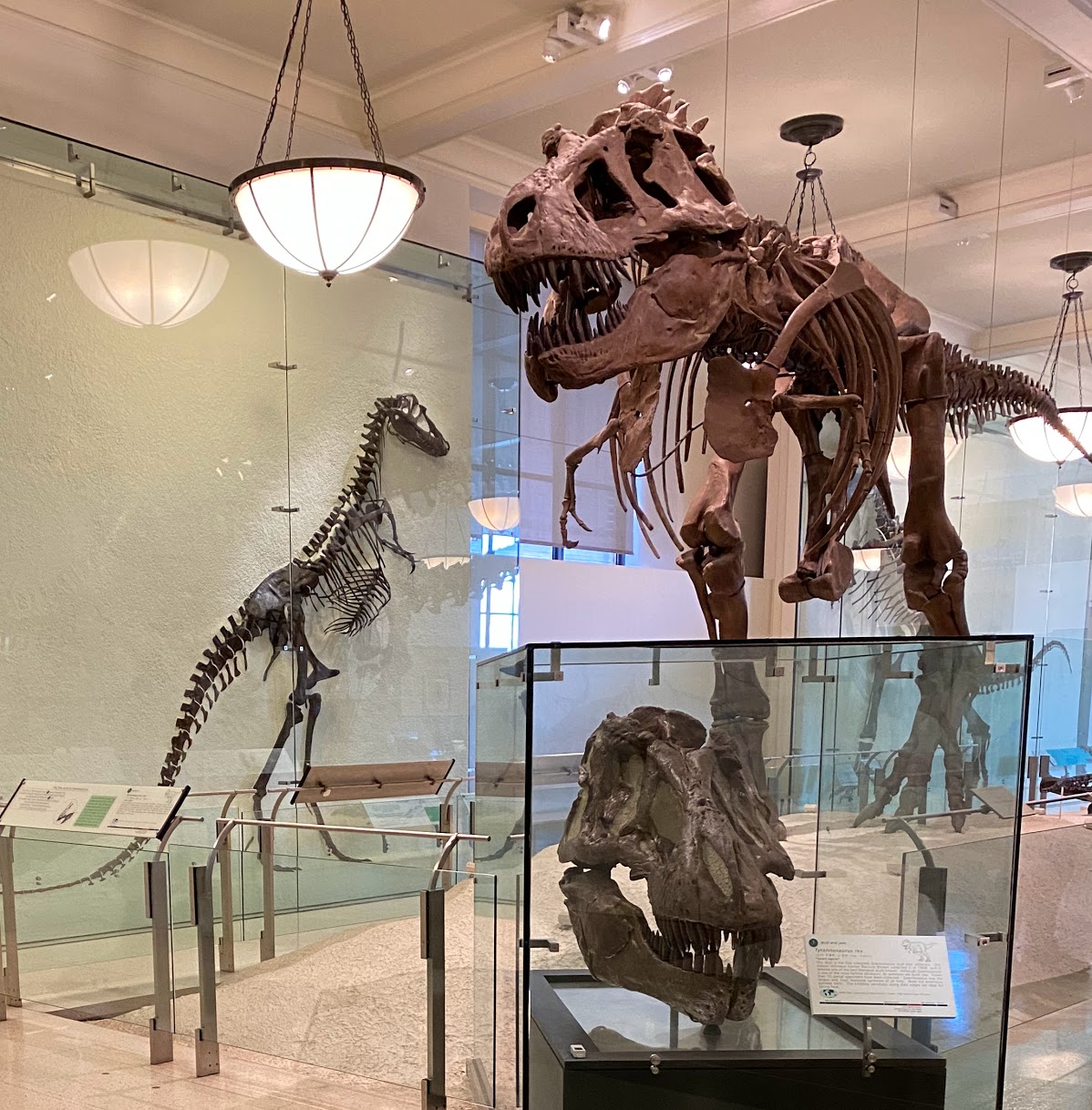
Skeletons in the American Museum of Natural History
In this blog post, our firm examined legal matters involving dinosaur fossils and skeletons, including purchases made by Nicolas Cage, Leonardo DiCaprio, and The Rock. Auction houses have faced growing interest in buyers seeking dinosaur bones. The sales have gotten a lot of attention, perhaps due to the trend of major celebrities making large, public bids for the pieces. As a result of the publicity, countries around the world from which fossils are illegally excavated have presented auction houses with ownership claims, based on their country’s property laws. Copyright law was also an issue for auction houses selling dinosaur skeletons this year because skeletons that are partly comprised of replica bones may come with intellectual property rights in the manufactured pieces.
Fashion Law and Protecting Brands
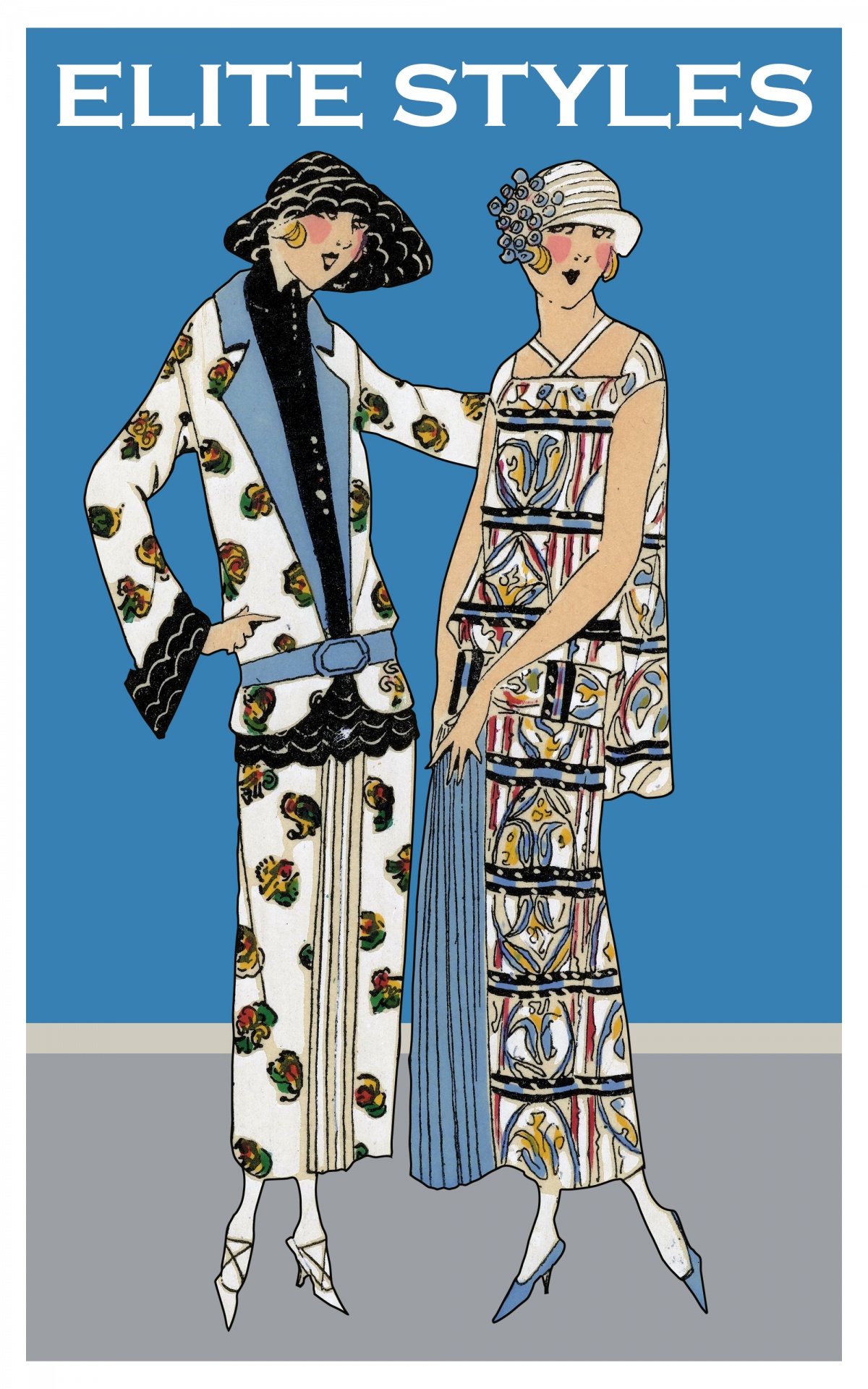 When does the law protect fashion brands? And what is the cost to other artists? Our firm answered these questions in this posts inspired by the Fall 2022 Fashion Weeks taking place around the world. Prominent fashion designers have been known to incorporate logos of other brands into their designs, often as a part of social commentary. Even where artistry is the intent behind the repurposed logo, these designers face financially devastating intellectual property claims from major the brands and companies who own the rights to the logo. Our firm considered how to balance protecting consumers from consumer confusion with giving designers the artistic liberty to create fashion that sparks social commentary. Read more on our website.
When does the law protect fashion brands? And what is the cost to other artists? Our firm answered these questions in this posts inspired by the Fall 2022 Fashion Weeks taking place around the world. Prominent fashion designers have been known to incorporate logos of other brands into their designs, often as a part of social commentary. Even where artistry is the intent behind the repurposed logo, these designers face financially devastating intellectual property claims from major the brands and companies who own the rights to the logo. Our firm considered how to balance protecting consumers from consumer confusion with giving designers the artistic liberty to create fashion that sparks social commentary. Read more on our website.
New York Raises Holocaust Awareness Through New Law

Gustav Klimt’s Woman in Gold
New York State now requires museums to post which artworks on display have links to the Holocaust. The New York bill, which was signed into law on August 10, 2022, accompanied two other Holocaust related bills aimed to combat rising reports of antisemitism. Our firm revisited the difficulty of proving provenance for items acquired during the Holocaust and shortly following WWII. The restitution of these works to families from which the pieces were stolen is incredibly healing.Unfortunately, such claims for the return of priceless works of art often have to overcome enormous legal hurdles, such as the difficulty of proving provenance in court and FSIA claims brought by countries who now claim possession. Read more on our website.
LAW FIRM UPDATES AND EVENTS
New Team Members
Our firm welcomed two new members to join our team, Yelena Ambartsumian and Maria Cannon. Yelena joins the firm as Counsel, while Maria joins us as an associate. We are proud to have Yelena and Maria as members of our team, and we wish them both a warm welcome.
Firm Founder Listed by Chambers
This year, firm founder Leila A. Amineddoleh was recognized by Chambers and Partners High Net Worth Guide for her work in Art and Cultural Property Law. The publication named Leila “a brilliant attorney,” and “a go-to for cultural property matters.” The publication also remarked on her passion for art law and her wealth of experience in the field. Read more here.
Art Law Conferences
Congratulations to our firm’s founder Leila A. Amineddoleh, who successfully chaired the 14th Annual NYCLA Art Law Institute, one of the most anticipated events of the year. Earlier in the year, in March, Leila presented the keynote speech at Yale University’s conference “Dura-Europos: Past, Present, and Future.” The conference focused on the systematic looting of Dura-Europos that took place during the Syrian civil war and during prior millennia. Leila presented on the history of cultural heritage looting and modern efforts to prevent such plunder. Read more about the conference here.
Leila was also a speaker at the Salmagundi Club, one of the oldest arts organizations in the U.S. Her other speaking engagements included moderating a panel for Art Appraisers’ Association Art Law Day and for Fordham’s Intellectual Property Law Journal’s 30th Annual Symposium, “Duplicate, Decolonize, Destroy: Current Topics in Art and Cultural Heritage Law.” In addition, she spoke at conferences hosted by Cardozo School of Law and Notre Dame School of Law. At Cardozo School of Law, Leila spoke on a panel at a symposium discussing cultural property ownership. Read more here. At Notre Dame’s Journal of International and Comparative Law Symposium, she served as panelist at the symposium, “International and Comparative Approaches to Culture”, and discussed antiquities disputes and repatriation of cultural heritage.
Associate Claudia Quinones presented on the “What’s New in Art Law?” panel at the 14th Annual NYCLA Art Law Institute. Her presentation covered title and ownership disputes, new technologies, and climate change activism in the art world. Details about the conference can be found here.
Yelena’s speaking engagements included Fordham Law School’s 30th Annual Intellectual Property Law Journal Symposium as a panelist on “Erased: Protecting Cultural Heritage in Times of Armed Conflict.” She also was a panelist at American University of Armenia’s Center for Truth and Justice Inaugural International Conference, “Cultural Heritage at Stake: How to Preserve, Mitigate Damage, and Punish Destruction.” Read more about the conference here.
IN THE PRESS
Leila appeared in the New York Times a number of times this year, in addition to Artnet, The Art Newspaper, the Observer, the Washington Post, USA Today, People Magazine, and Town + Country Magazine. She discussed a variety of topics, including the art market, cultural heritage disputes, Nazi-looted art, intellectual property disputes, and art collecting practices. Leila also appeared on WPIX-NY and in a number of podcasts.
CLIENTS AND REPRESENTATIVE MATTERS
Sculpture Garden Commission at the Smithsonian Institution
We are very proud to have served as legal counsel to famed artist Hiroshi Sugimoto for a number of his commissions, including his highly anticipated sculpture garden at the Hirshhorn Museum, part of the Smithsonian Institution.
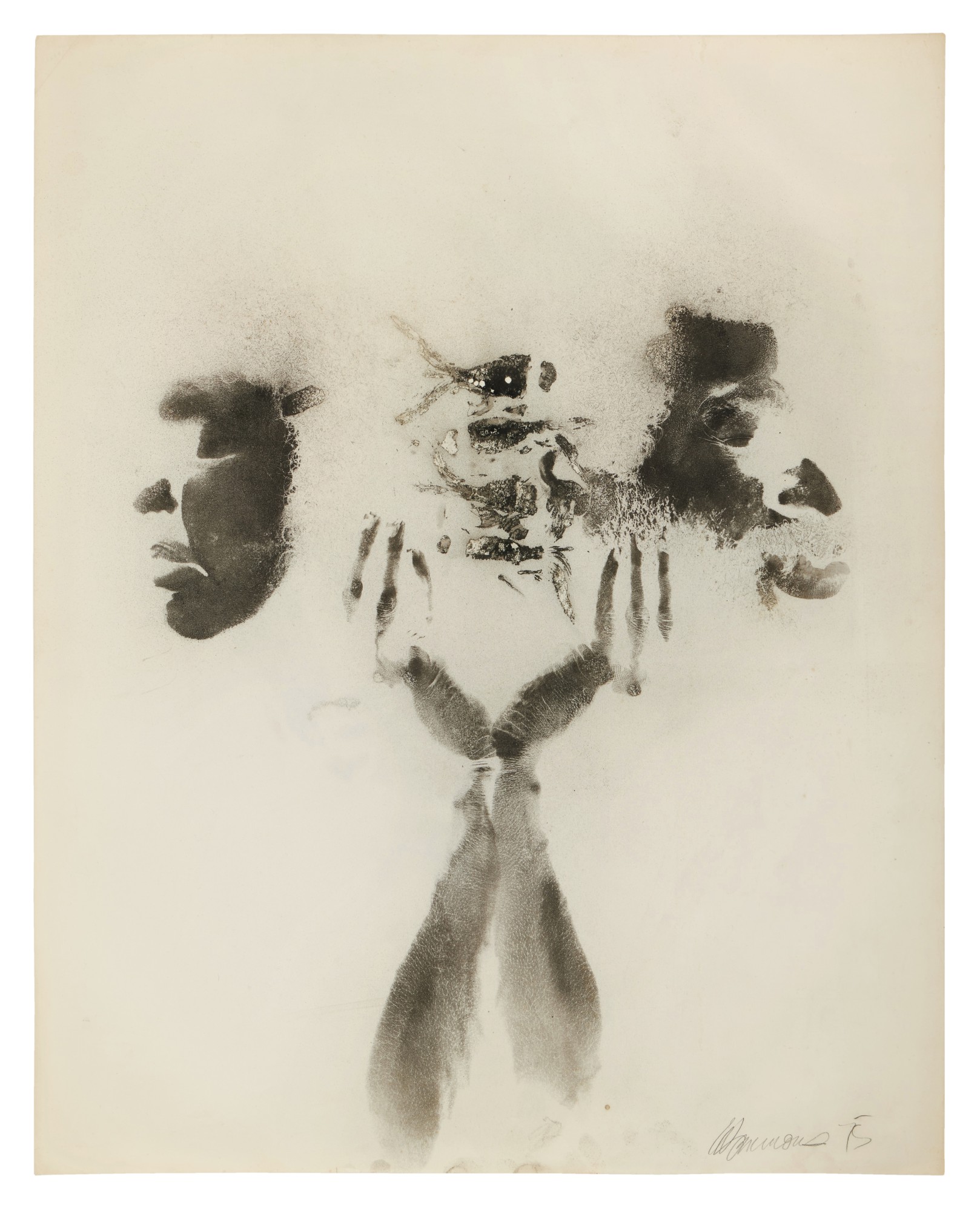 Auction Sales
Auction Sales
We worked with a number of clients to assist them with consigning art for sale at auction. One of our clients is the collecting family that consigned three works by David Hammons for the Sotheby’s Contemporary Evening Auction and one work at the Contemporary Curated sale earlier in the spring. Sotheby’s touted these works and their provenance, after the paintings remained with our clients for nearly five decades. All four of the works performed well, with two of them selling for above their high estimates.
Trademark Clients
We continue working with brands, artists, and companies by advising and serving as trademark prosecutors. Included among our clients are luxury watch brands, fragrance companies, and musicians, including multi-platinum songwriter and produced Jonas Jeberg.
Advising Art Market Players on New Platforms
While we often work with traditional art market participants (including artists, collectors, foundations, auction houses, museums, art advisors, and art experts), we are also happy to be at the forefront of the art and cultural world. As new art platforms and technologies develop, we are pleased to work with exciting online galleries, NFT platforms, novel art collecting exchanges, and artists exploring new media. We look forward to continue cutting edge work in the art sector.
On behalf of Amineddoleh & Associates, we wish you a happy and healthy holiday season and a wonderful and prosperous new year.
by Amineddoleh & Associates LLC | Sep 9, 2022 |
Our founder appeared on Al Jazeera to discuss the return of dozens of looted antiquities from the Metropolitan Museum of Art. She discusses the importance of conducting due diligence and proactively researching items in museum collections. The short news segment can be found HERE.
by Amineddoleh & Associates LLC | Sep 1, 2022 |
A visit to the National Archaeological Museum of Taranto (Museo Archeologico Nazionale di Taranto, MArTA) reminded me why I love museums so much. It is an inspiring place, a valuable educational resource, and an underappreciated repository for art and heritage.
Taranto, Italy
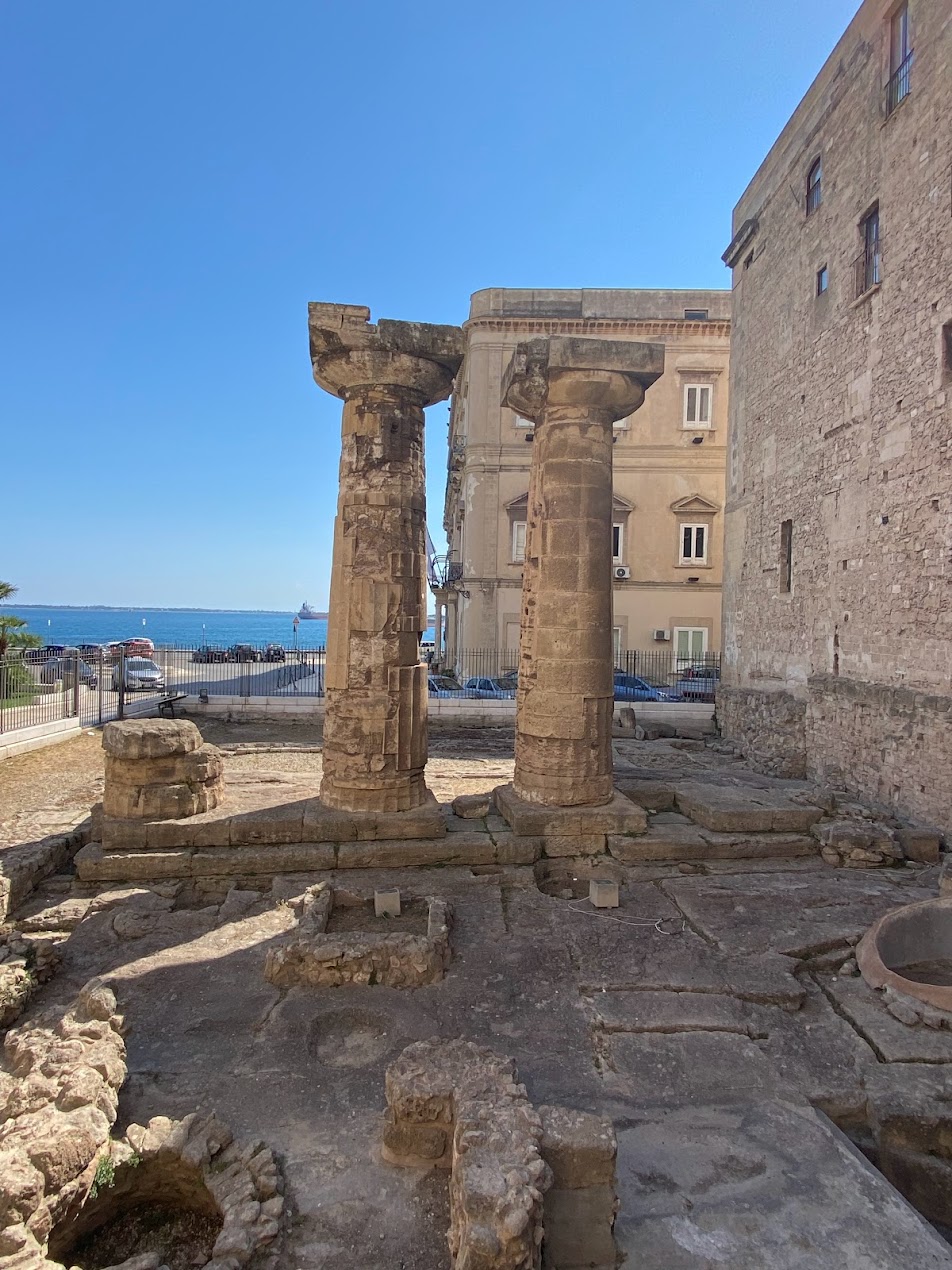
Greek ruins (Temple of Poseidon)
MArTA is located in Taranto, a city located along the inside of the “heel” of Italy in the region of Puglia. It was founded by Spartans in 706 BC, and it became one of the most important cities in Magna Graecia (the Roman-given name for the coastal areas in the south of Italy — Calabria, Apulia, Basilicata, Campania and Sicily — heavily populated by Greek settlers). Two centuries after its founding, it was one of the largest cities in the world with a population of around 300,000 people. Taranto (called Tarentum by the Ancient Romans) was subject to a series of wars, culminating in its fall to Rome in 272 BC. The city fell to Carthaginian general Hannibal during the Second Punic War, but was recaptured (and subsequently plundered) by Rome in 209 BC. The following centuries marked the city’s decline.
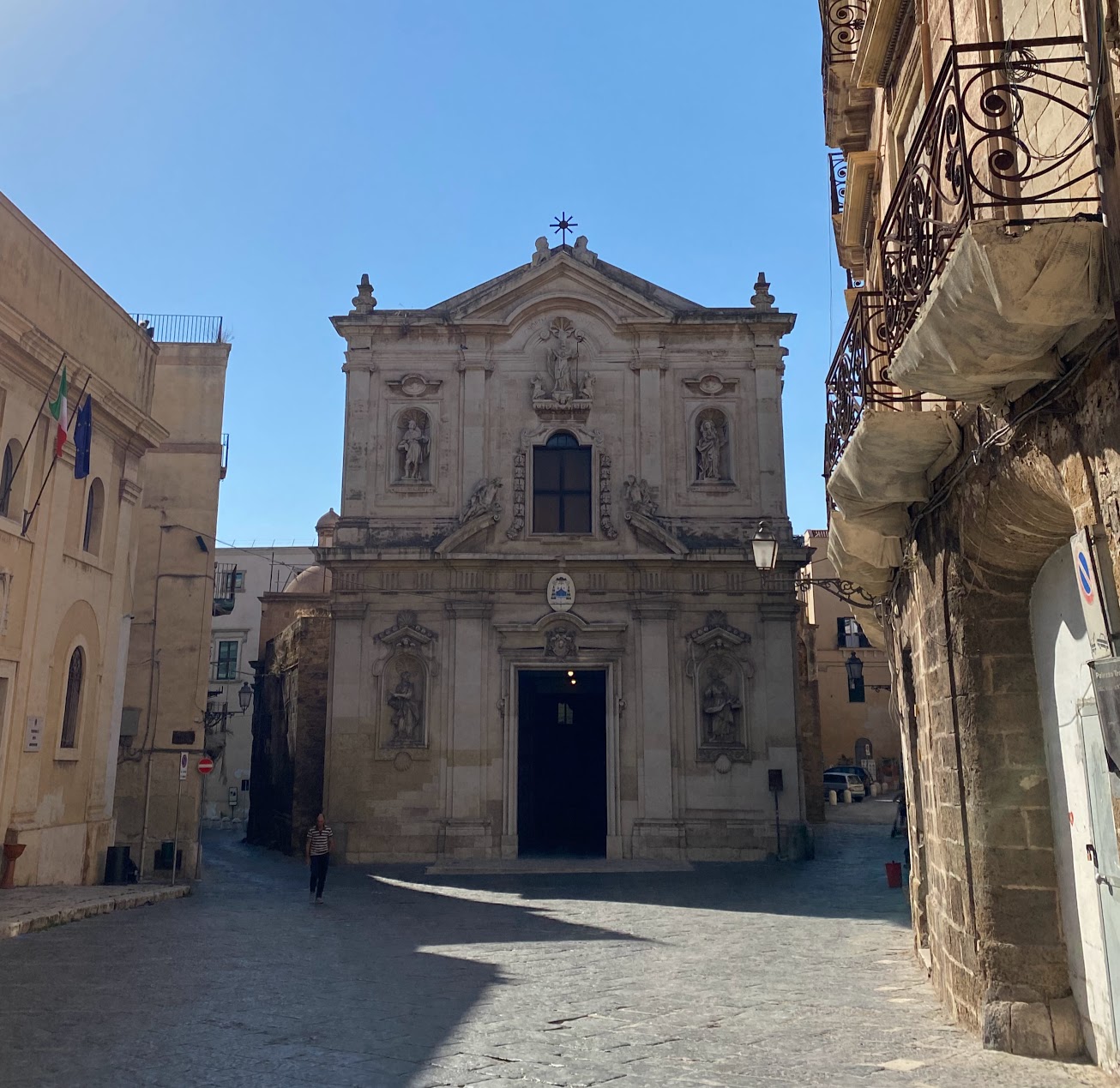
Cathedral of San Cataldo
Taranto’s mix of architecture and rich cultural heritage is due, in part, to subsequent changes in leadership between the 6th and 10th centuries AD, during which time it was ruled by diverse groups: Goths, Byzantines, Lombards, and Arabs. Later, during the Napoleonic Wars in the 19th century AD, the city served as a French naval base, but it was ultimately returned to the Kingdom of Two Sicilies for a few decades before it officially became part of the Republic of Italy in 1861.
Due to its strategic location on the inlet of the Gulf of Taranto, the city has great naval importance. Taranto served the Italian navy during both World Wars. As a result, it was heavily bombed by British forces in 1940 (the bombing of Taranto and was even noted to have “set the stage for the Japanese attack on Pearl Harbor” the following year). The city was also briefly occupied by British forces during WWII.
Evidence of the city’s various iterations is evident throughout its streets with impressive cultural sites, including the Greek Temple of Poseidon, the Spanish Castello Aragonese (built in 1496 for the then-king of Naples, Ferdinand II of Aragon), and the 11th century Cathedral of San Cataldo (Taranto Cathedral), where the remains of the city’s patron saint, Saint Catald, lie (he is believed to have protected the city against the bubonic plague). More recent architectural gems include Palazzo Galeota and Palazzo Brasini.
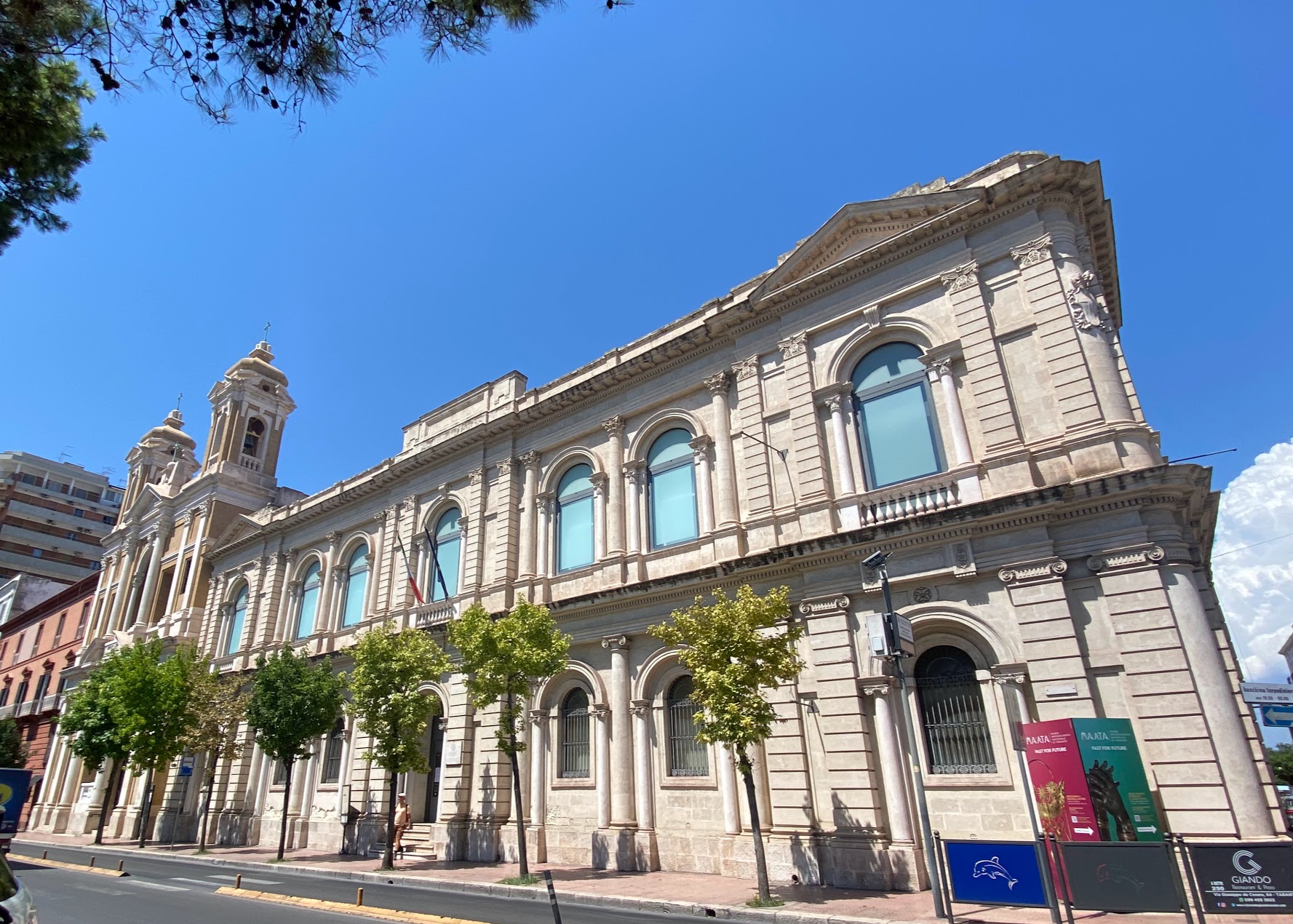
Museo Archeologico Nazionale di Taranto
Museo Archeologico Nazionale di Taranto (MArTA)
Like the city where it is located, MArTA is a rich institution full of incredible treasures. Last month, I had the opportunity to visit MArTA in person. Sadly, the museum, and the city itself, tend to fall under the radar of tourists. It is unfortunate that this site escapes attention, because both Taranto and its vaunted museum are incredible.
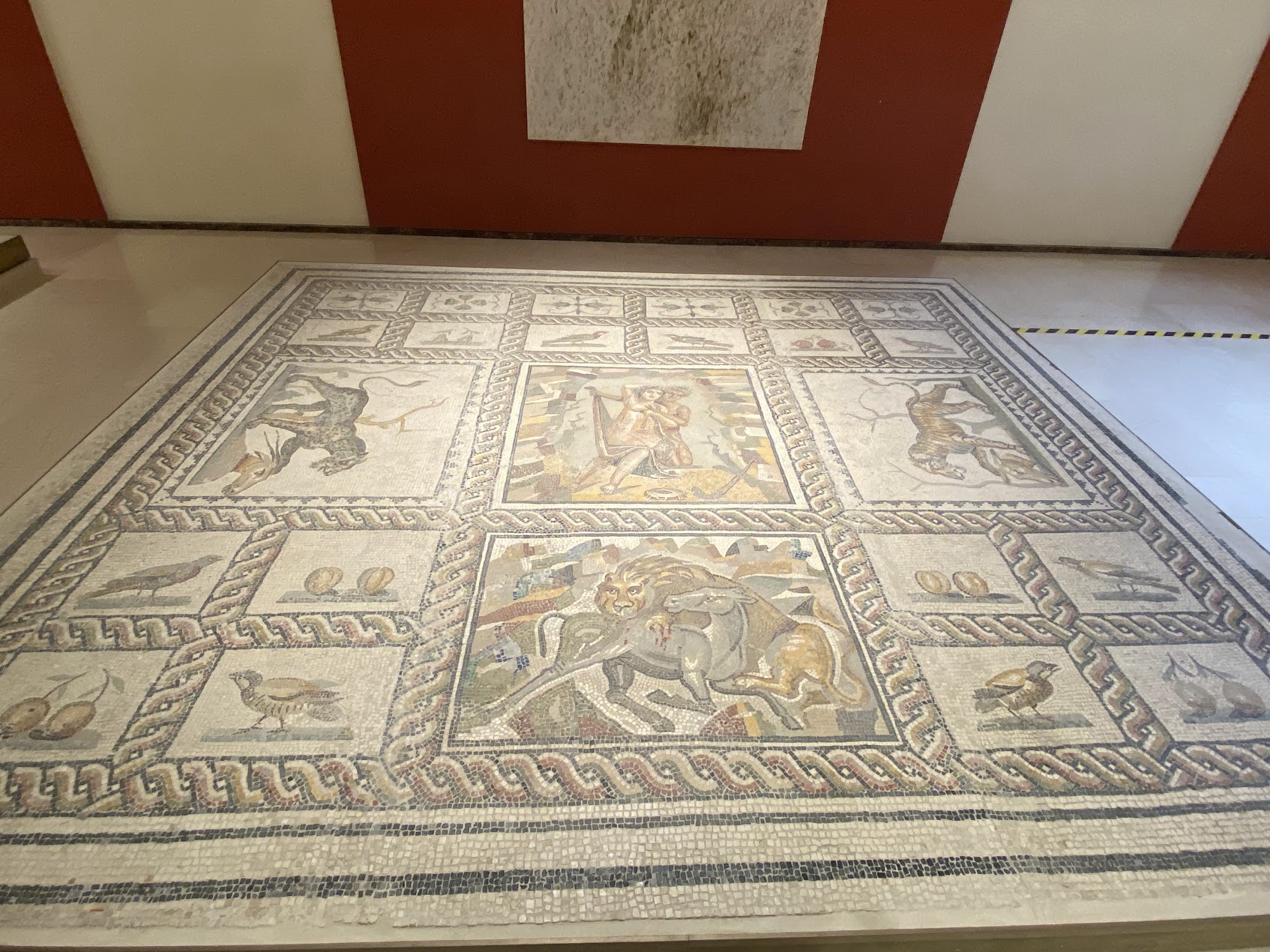 MArTA is one of Italy’s national museums. It was founded in 1887, and is housed on the site of both the former Convent of Friars Alcantaran and a judicial prison. Although most architectural structures from the Greek era in Taranto did not stand the test of time, archaeological excavations have yielded a great number of objects from Magna Graecae. This is due to the fact that Taranto was an industrial center for Greek pottery during the 4th century BC. As such, MArTA’s collection is impressive, displaying one of the largest collections of artifacts from Magna Grecia. Besides its rich holdings, this museum is unforgettable because of the ways in which it fulfills its cultural and educational purpose. The museum is arranged and curated along an “exhibition trail” so as to present visitors with a timeline of the city’s history. The displays move through time from the city’s prehistoric era to its Greek and Roman past and its medieval and modern history, in addition to integrating objects from outside Taranto that exemplify its location as a center of trade (including an exquisite statue of Thoth, the Egyptian god of scribes and writing). Toward the end of the trail, visitors are also confronted with information about the modern-day looting of artifacts and the work done to protect the city’s cultural heritage (more on that below).
MArTA is one of Italy’s national museums. It was founded in 1887, and is housed on the site of both the former Convent of Friars Alcantaran and a judicial prison. Although most architectural structures from the Greek era in Taranto did not stand the test of time, archaeological excavations have yielded a great number of objects from Magna Graecae. This is due to the fact that Taranto was an industrial center for Greek pottery during the 4th century BC. As such, MArTA’s collection is impressive, displaying one of the largest collections of artifacts from Magna Grecia. Besides its rich holdings, this museum is unforgettable because of the ways in which it fulfills its cultural and educational purpose. The museum is arranged and curated along an “exhibition trail” so as to present visitors with a timeline of the city’s history. The displays move through time from the city’s prehistoric era to its Greek and Roman past and its medieval and modern history, in addition to integrating objects from outside Taranto that exemplify its location as a center of trade (including an exquisite statue of Thoth, the Egyptian god of scribes and writing). Toward the end of the trail, visitors are also confronted with information about the modern-day looting of artifacts and the work done to protect the city’s cultural heritage (more on that below).
Amongst other treasures in MArTA are beautifully preserved mosaics, ornate golden jewelry, and ancient gold-covered snake skins. Another museum highlight are the informative displays positioning objects in creative contexts. For example, some objects are displayed along with photographic evidence and documentation about their excavation.

Tomb of the Athlete
The museum presents objects in beautiful vitrines. Some of the highlights on the first floor include thematic displays, such as a wall depicting Medusa’s face on antefixes found in Taranto. The curation includes information about the figure of Medusa in mythology and details on how her portrayal evolved over time. Another engaging display involves #italianmuseums4olympics, the Ministry of Culture’s campaign to support Italian sport and culture during the Olympic games. That particular display includes the sarcophagus of an athlete from Taranto, complete with amphorae found in his tomb that include images of athletic competitions, celebrating Italy’s long tradition of participating in the Olympics since antiquity.
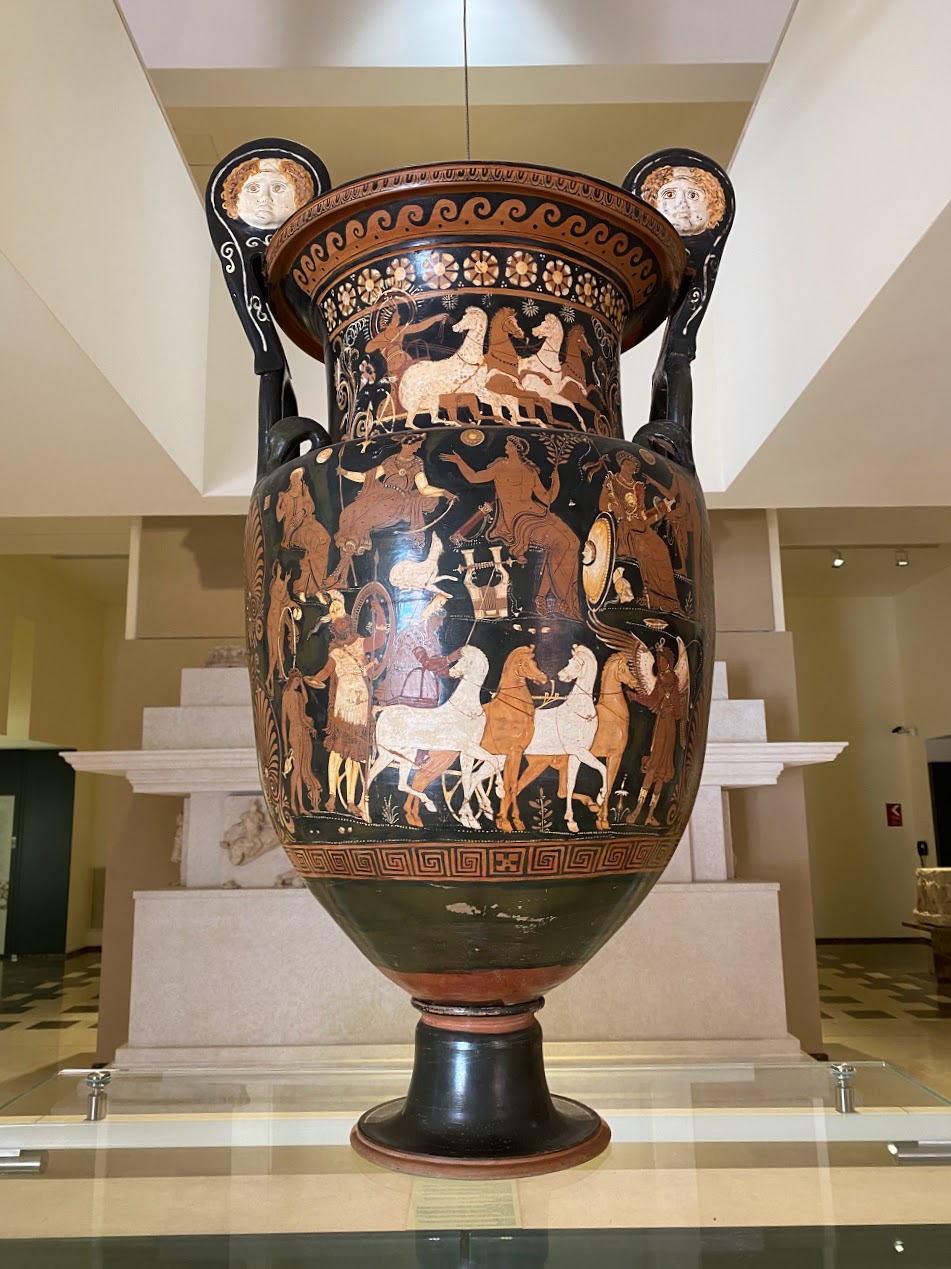
An Apulian krater by the Darius painter returned from the Cleveland Museum of Art in 2009
Looting of Objects on Display
As visitors enter the next floor of the museum’s route, they are confronted with a large restituted antiquity. A large Apulian krater by the Darius painter was returned to Italy in 2009 from the Cleveland Museum of Art after it was recovered by the Carabinieri’s TPC (the nation’s famed “Art Crime Squad”). The work was among fourteen artifacts returned from the Ohio museum after a two-year negotiation resulting from the investigation of a looting network run by Giacomo Medici and Gianfranco Becchina, two well-known dealers of looted materials who sold antiquities at auction and through dealers to supply coveted objects to collectors and museums around the world.
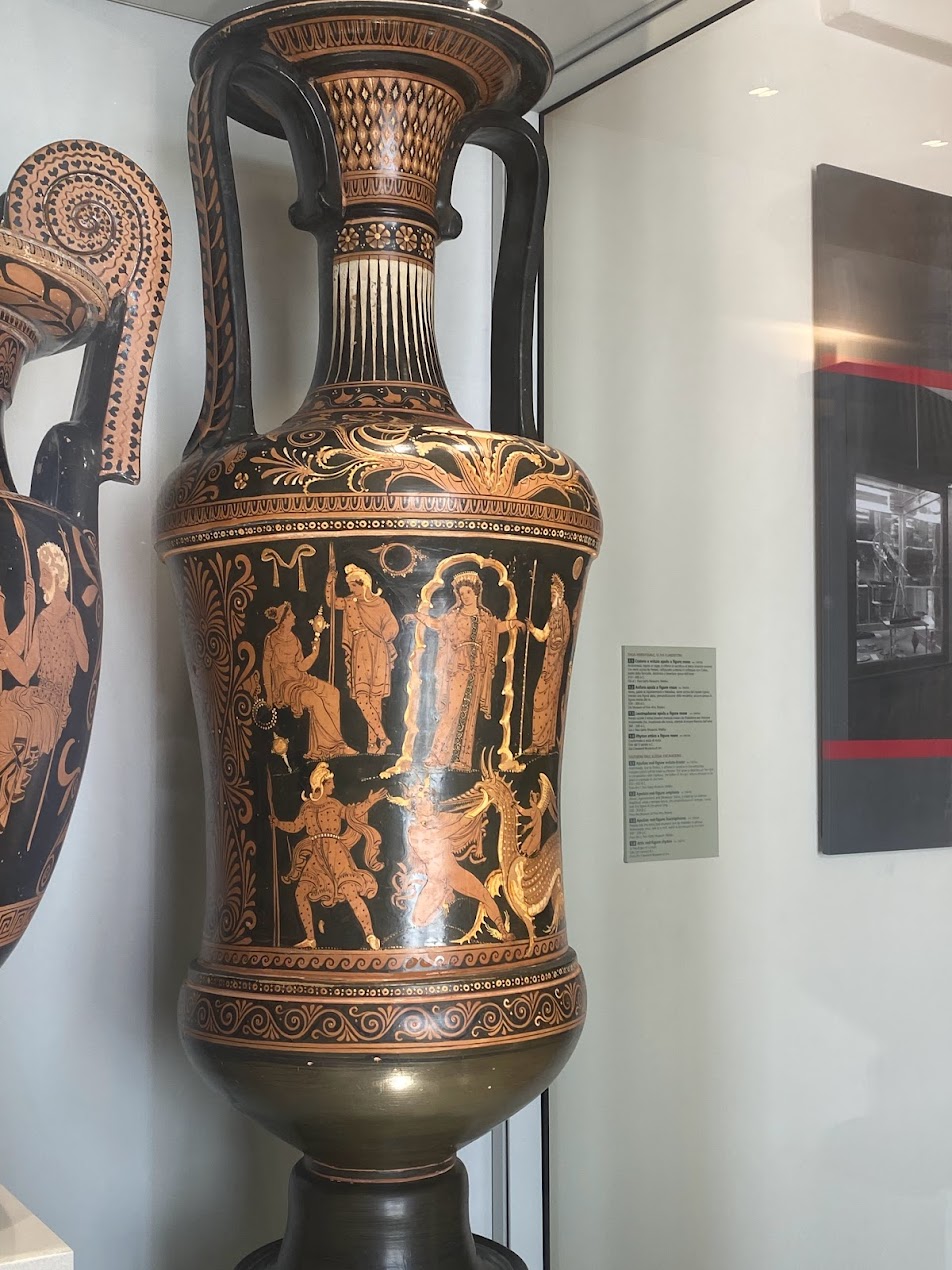
Loutrophoros restituted by the J. Paul Getty Villa in Malibu in California
MArTA also acknowledges some of the people responsible for the development of its exquisite collection, including past directors and donors. The displays note that the illicit or unknown sale of antiquities has led to the loss of knowledge about their historical and cultural value (when artifacts are illicitly excavated and divorced from their contexts, valuable information is lost in the process). However, the development of patrimony laws has allowed the Italian government to control more of the archaeological discoveries taking place, and other legislation has also encouraged collectors to donate their property to the museum and Italian State. The display also notes the important work by law enforcement and its success in having works repatriated to Italy, as well as its success in confiscating looted artifacts from private owners and collectors during the 20th and 21st centuries in Italy. Part of this display features works returned from major museums abroad, including the Museum of Fine Arts in Boston, the Getty Museum in Malibu, the Cleveland Museum of Art, and the Metropolitan Museum of Art in New York.
Labels and Information
The labels and information offered to visitors at the museum is exceptional, providing valuable information about the historic significance of items on display. Clearly, the museum places great importance on provenance, providing detailed information on where objects were excavated (this information includes exact find spots, with cross streets included for some of the objects), how they entered the museum’s collection, and ways in which the museum has evolved over the decades. Additional information is available to visitors about looting and criminal acts related to the objects, providing useful context.

Copy of the Goddess on Her Throne (the original is in Berlin)
One of the first objects to greet visitors upon their entry is a copy of a goddess on her throne. The original 5th century BC statue is “considered one of the greatest artworks from Magna Graecia.” It was found in 1912 in Taranto, but illegally exported out of Italy. It was then put on the Swiss art market, and finally purchased by the German government. It is currently on display at the Altes Museum in Berlin. Information like this is valuable, because it forces visitors to confront the political, societal, and cultural pressures facing museums, as well as the challenges and realities of the art and antiquities markets. It also provides a practical example of how works can wind up in international museums divorced from their original historical and cultural context.
As the museum’s website states, “The Museum also lends artefacts to other museums to allow global citizens to enjoy. We are aimed at providing first-hand information to all of our visitors so that they understand Europe’s prehistoric period.”
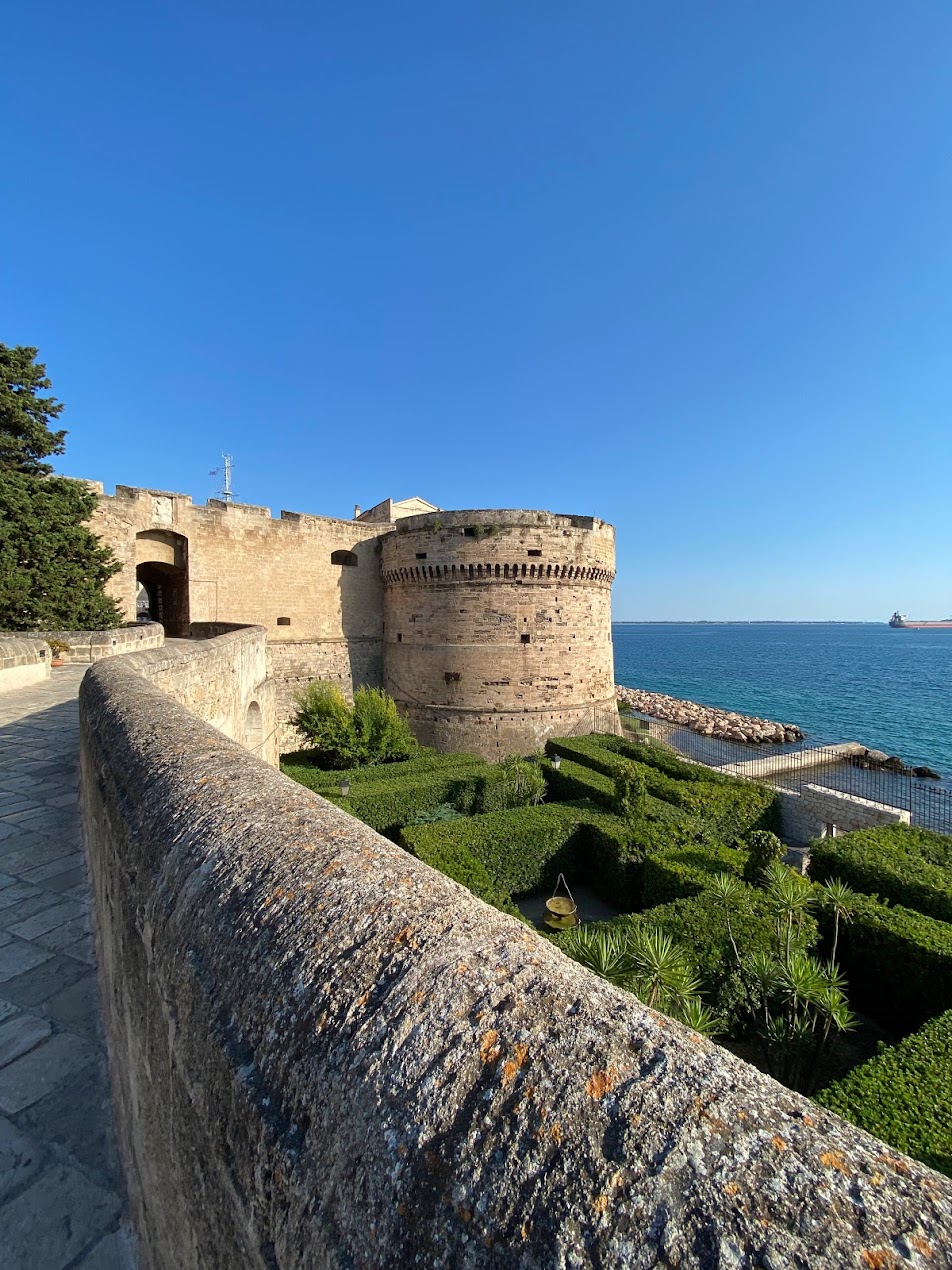
Castello Aragonese
A visit to this museum, and the gorgeous city of Taranto, with its sweeping coastal views, its rich cultural history, and its stunning architectural masterpieces, is essential for anyone visiting Puglia.
Copyrights in all photographs in this post belong to Leila Amineddoleh
ADDITIONAL PHOTOS
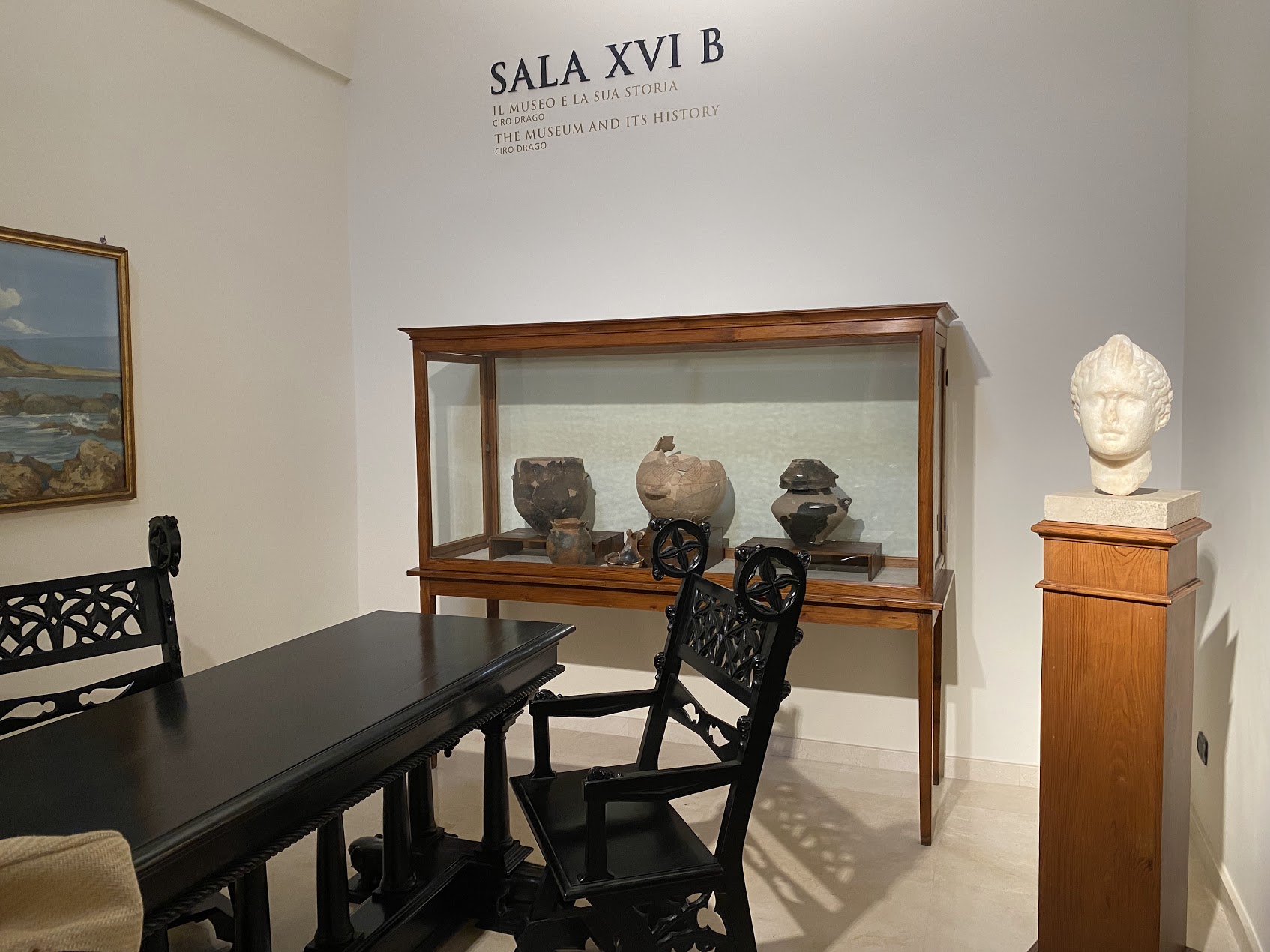
Objects from the museum’s early collection
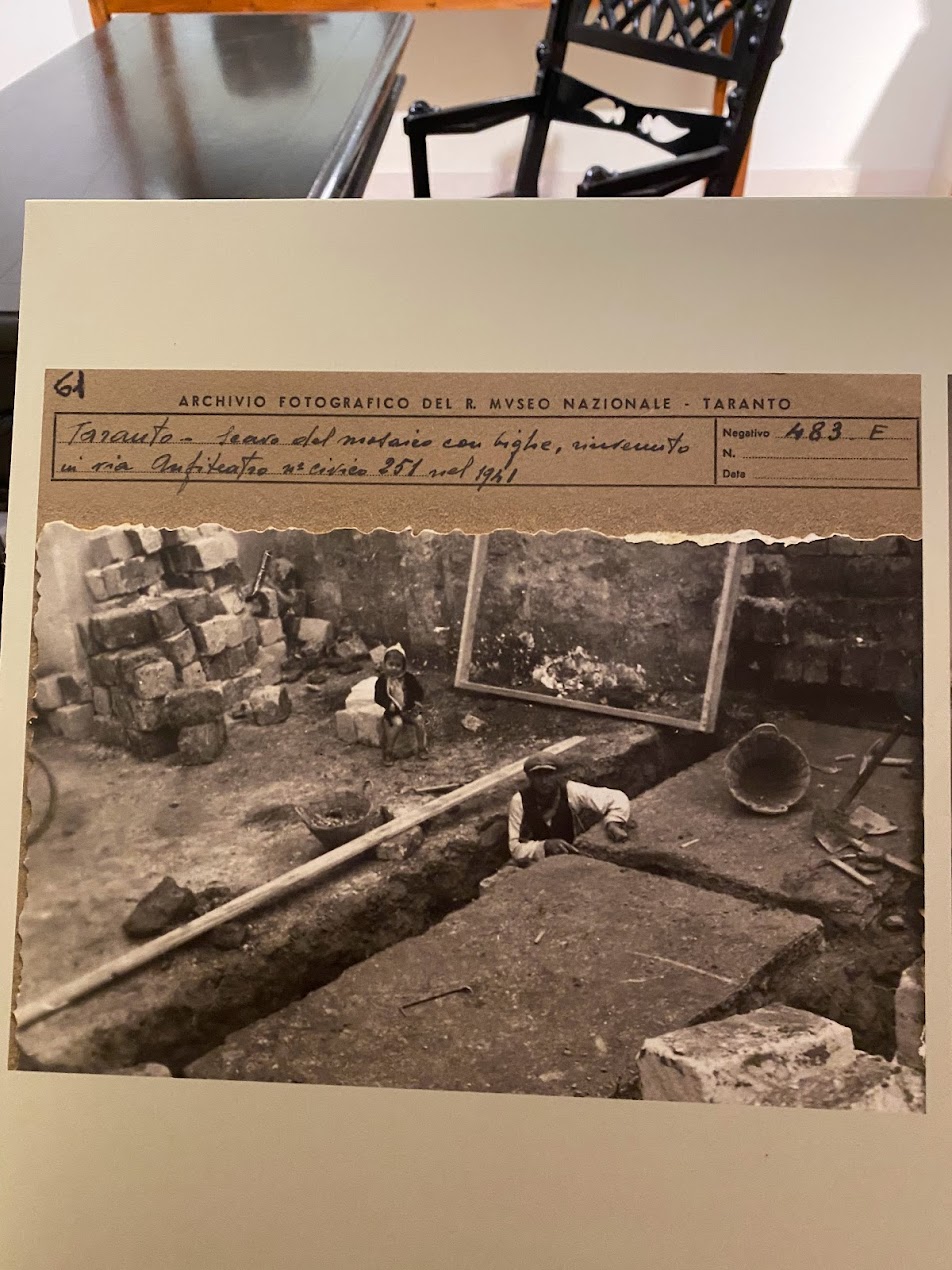
Documentation of excavations

Vitrine (provenance information for each object is provided in a side panel)
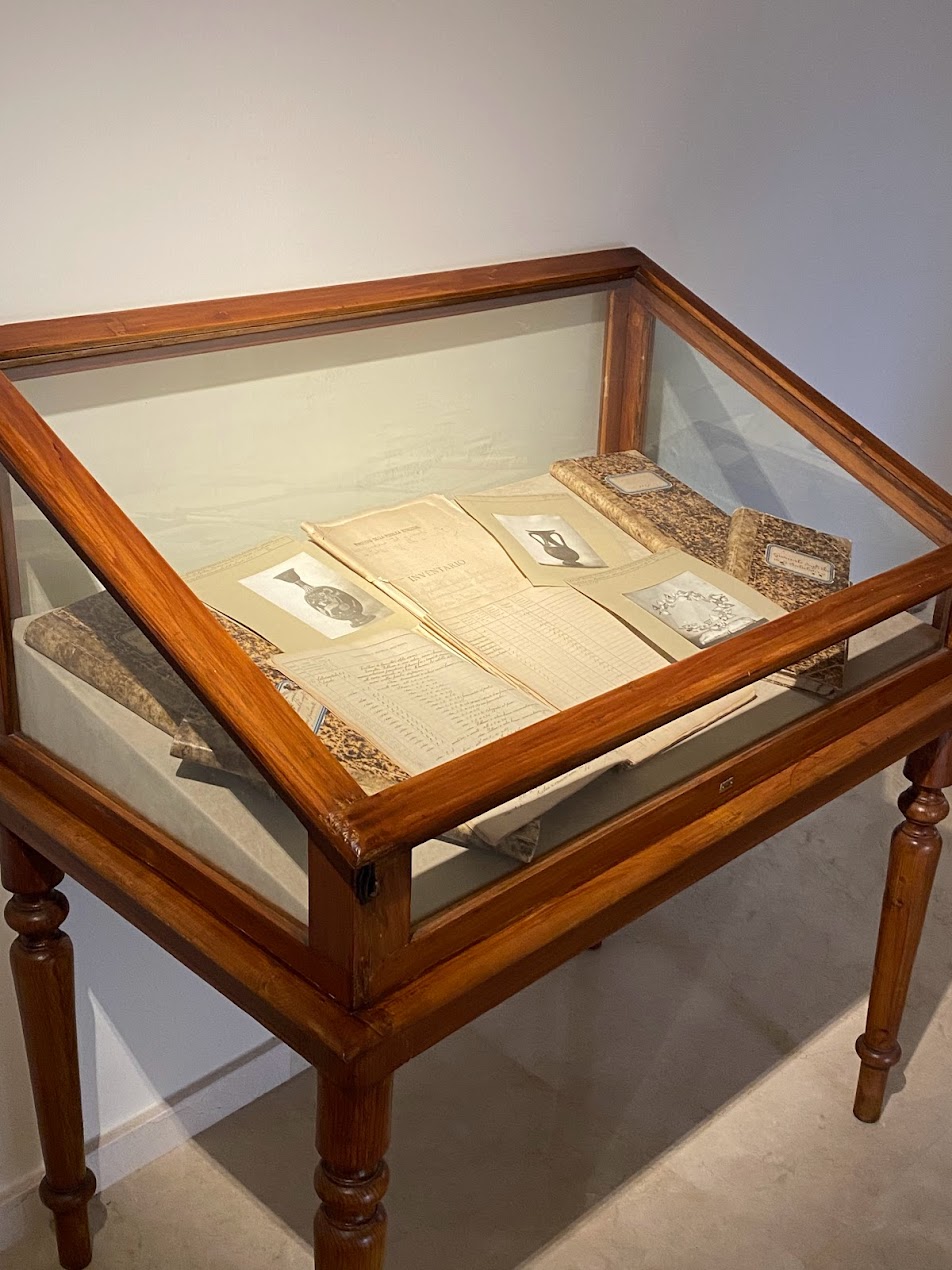
Provenance on view
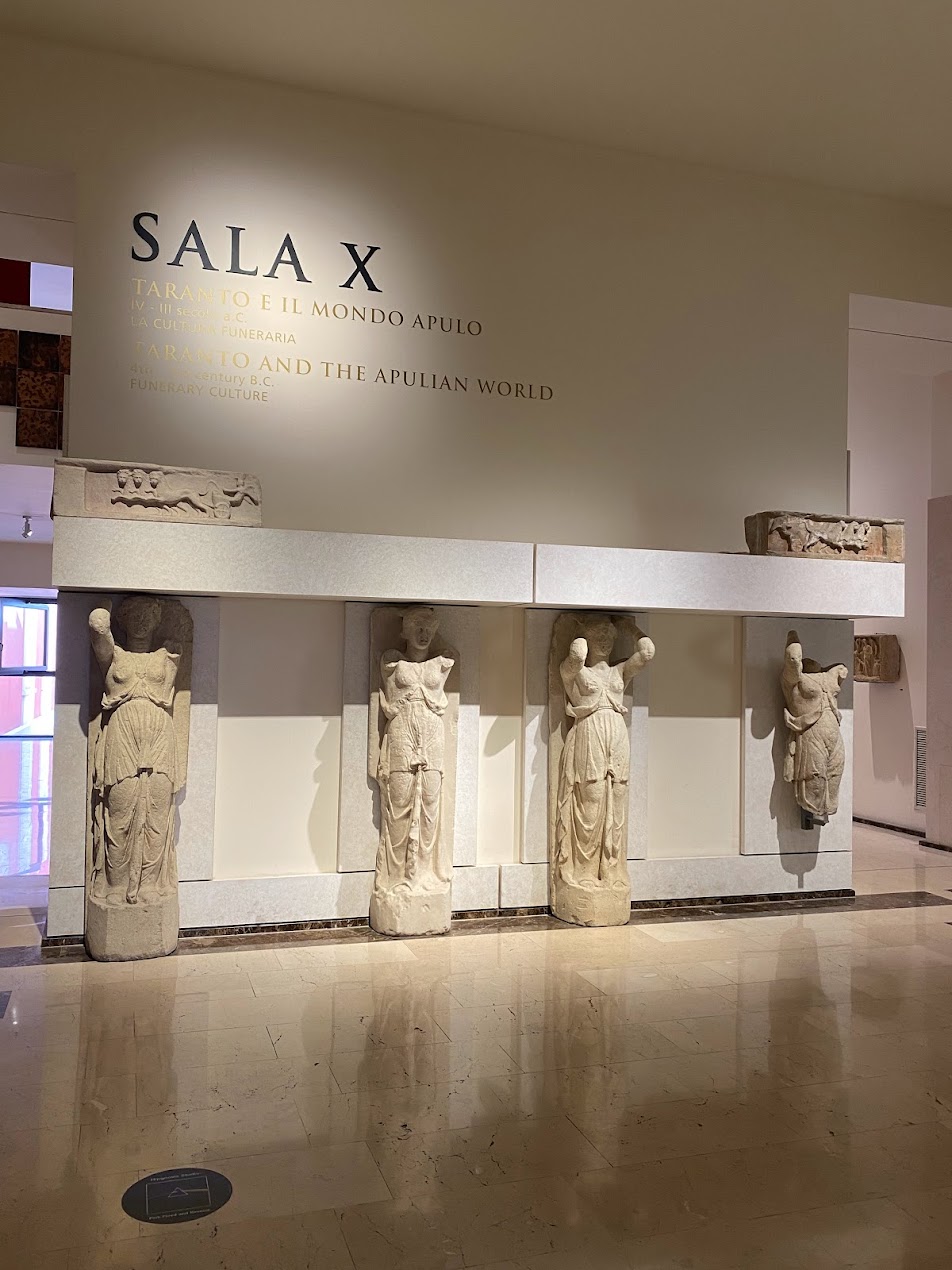
Beautiful entryways on each floor

Context with a photograph
by Amineddoleh & Associates LLC | Aug 10, 2022 |

Museum dell’Arte Salvata (Copyright: Leila A. Amineddoleh)
Amineddoleh & Associates LLC is proud to work as a leading law firm in the cultural heritage sector. We have worked with collectors, dealers, museums, law enforcement agencies, and even foreign governments. One of our clients is the Republic of Italy, a nation paradoxically blessed with an abundance of artistic and cultural treasures, but cursed with the solemn responsibility of protecting those treasures. Properly monitoring antiquities and archaeological sites, regulating the market, and protecting cultural heritage is a costly and heavy burden. Every region of the Italian nation is famed worldwide for its cultural treasures, and so the country has developed means to actively protect its heritage through various channels. For instance, Italy is the first nation in the world to have a military unit responsible for the protection of art and heritage.
The Carabinieri Headquarters for the Protection of Cultural Heritage (Comando Carabinieri Tutela Patrimonio Culturale, or TPC) was instituted in 1969. The TPC is a part of the Ministry of Culture and plays an important role regarding the safety and protection of the heritage. The TPC is renowned for its efforts and works with law enforcement agencies around the world to recover stolen and illicitly exported artifacts, assists in heritage protection and management globally, recovers stolen art within Italy and abroad, and works to monitor and regulate the art market for looted or illicitly removed art and antiquities.
The TPC has had tremendous success over the decades, recovering hundreds of thousands of objects worth billions of dollars. In a thrilling recent escapade during 2020, the TPC tracked down a 500-year-old painting stolen from a museum in Naples. Jesus Christ in his “Savior of the World” (Salvator Mundi) aspect. The work is a copy of the infamous Salvator Mundi that sold for over $450 million in 2017 (considered the world’s highest-selling painting to date). The police found this copy stashed in the cupboard of an apartment and arrested the 36-year-old property owner. It was probably easy to spot among the inhabitant’s mismatched cutlery.
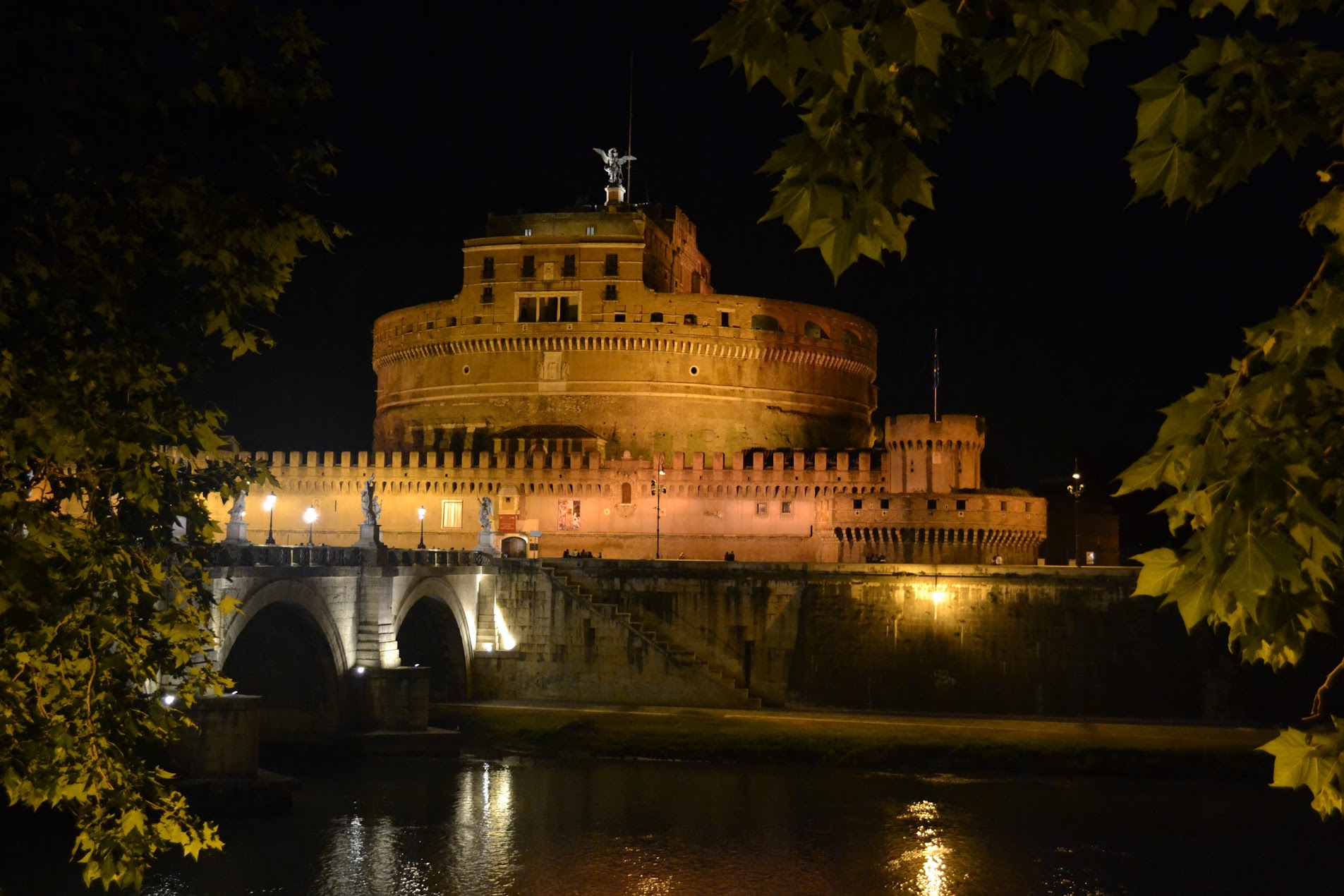
Castel Sant’Angelo (Copyright: Leila A. Amineddoleh)
The elite and highly specialized force has celebrated its successes in countless repatriation ceremonies and with art exhibitions. In particular, 2009 marked one of the most high-profile returns resulting from TPC investigations. The Metropolitan Museum of Art (the “Met”) returned the Euphronios Krater (infamously known as the “Hot Pot”) to Italy once the TPC and Swiss authorities uncovered an extensive looting network selling black market antiquities from Italy. These objects wound up in the hands of reputable collectors and museums, including the Met, the Museum of Fine Arts in Boston, the Getty Museum, Harvard University, and the Cleveland Museum of Art. In the wake of this return, hundreds of other items from that network were returned. These restituted works were exhibited in the Colosseum with much pomp, circumstance, and celebration.
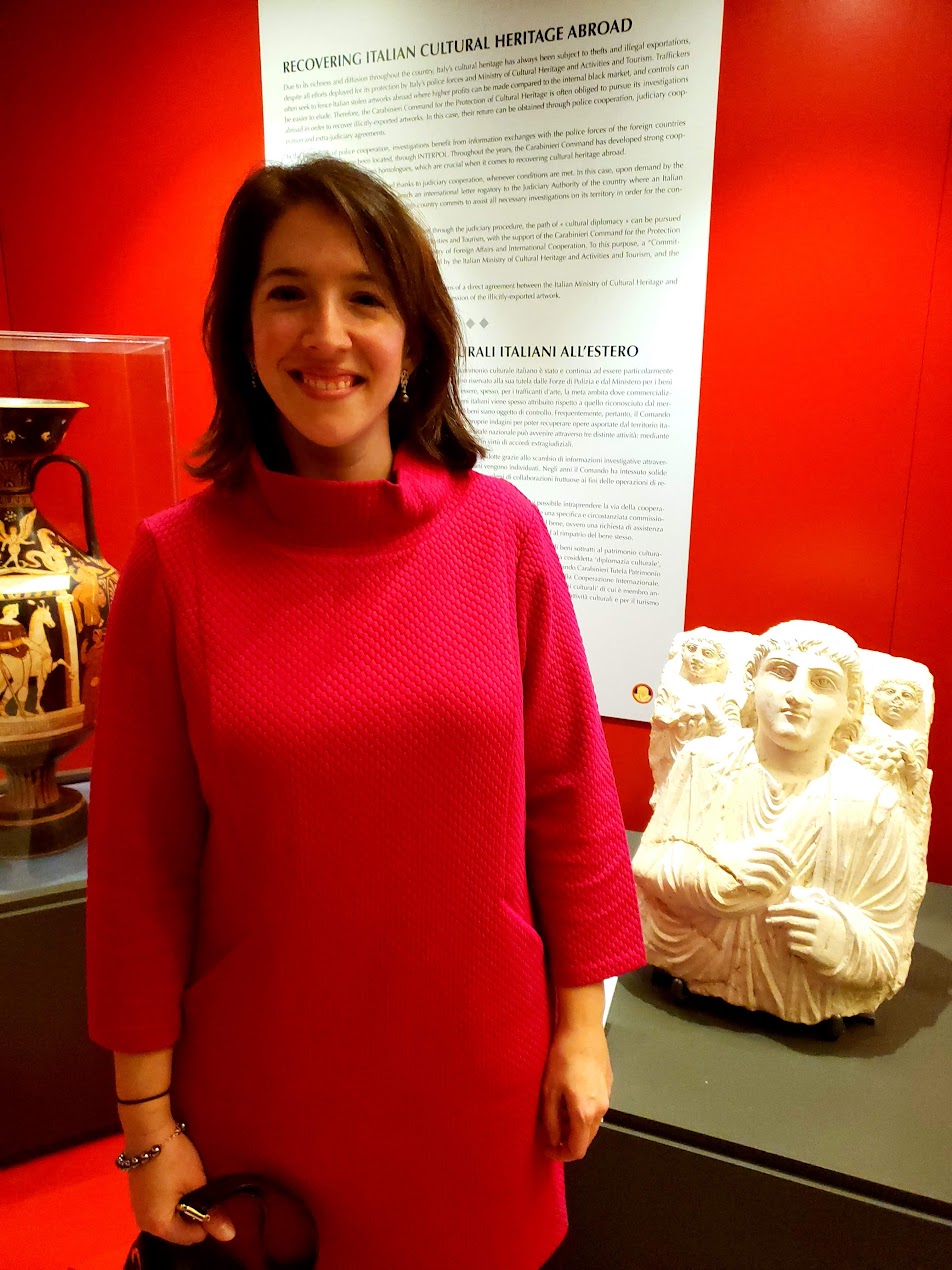
At the United Nations in January 2020
A decade later, in 2019, in honor of the TPC’s 50 anniversary, the Carabinieri, the Italian Ministry of Foreign Affairs and International Cooperation, and the Italian Ministry of Cultural Heritage and Activities organized a comprehensive exhibition of recovered art. “Recovered Treasures: the Art of Saving Art” was on view in Paris and then displayed at the United Nations in New York in January 2020. Our founder, Leila Amineddoleh, was invited to attend this exclusive event to open this once-in-a-lifetime exhibition. At the opening, Secretary-General of the United Nations Antonio Guterres aptly stated that the “exhibition not only comprises priceless works of art, it also paints a picture of the power of international cooperation.”
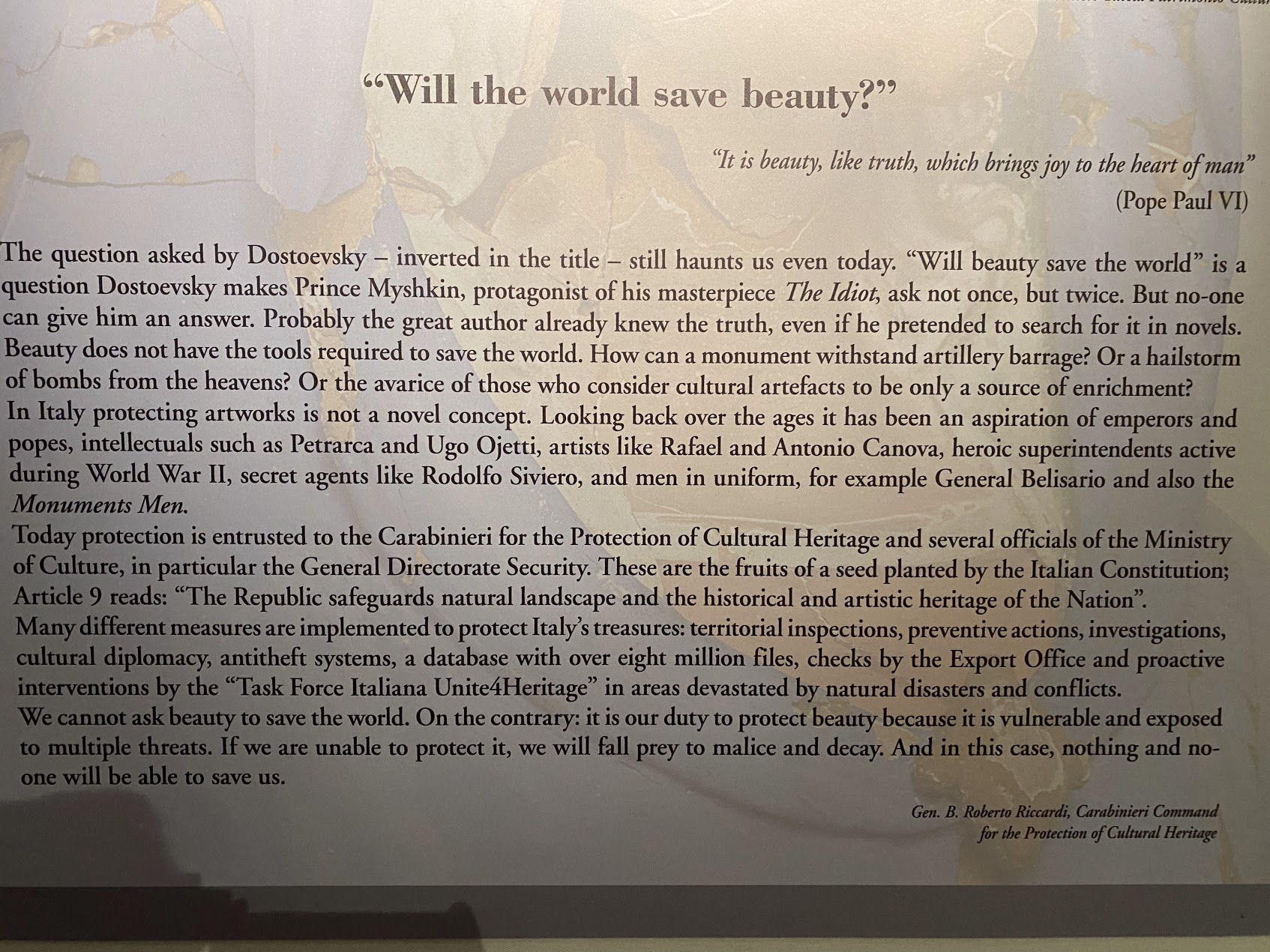
Sign at the entry of “Will the world save beauty?” exhibition
When Italian museums finally reopened after the Covid pandemic, the Castel Sant’Angelo in Rome hosted an exhibition entitled “Will the World Save Beauty?,” a show dedicated to exhibited repatriated antiquities, items recovered after natural disasters, works stolen from churches and private institutions, the prevalence of forgeries, and even stolen instruments. Leila also received an invitation from the Carabinieri to view this jaw-dropping show. The juxtaposition of recovered antiquities in a building with nearly 2,000 years of history was both ethereal and moving. This historic site had survived sacking and plundering, and so it was particularly effective to experience repatriated artwork in such a historically rich setting.

Copyright: Leila A. Amineddoleh
At the start of this summer, Minister of Culture Dario Franceschini announced the opening of the Museo dell’Arte Salvata (“Museum for Rescued Art”), a new museum displaying looted works returned to the Mediterranean nation. The concept for this museum is innovative and appealing – hundreds of smuggled, and now repatriated, artworks will be displayed for public view. But the particular items on display will rotate, with the next group of pieces to be presented after October 15, 2022. Once the displayed works are removed, they will be returned to the respective regions of Italy from where they were originally stolen. The museum’s noble aim is to return objects to the collections of small museums that have suffered from the loss of artwork, giving them and the nation of Italy as a whole a boost to aid in post-pandemic recovery for the culture sector.
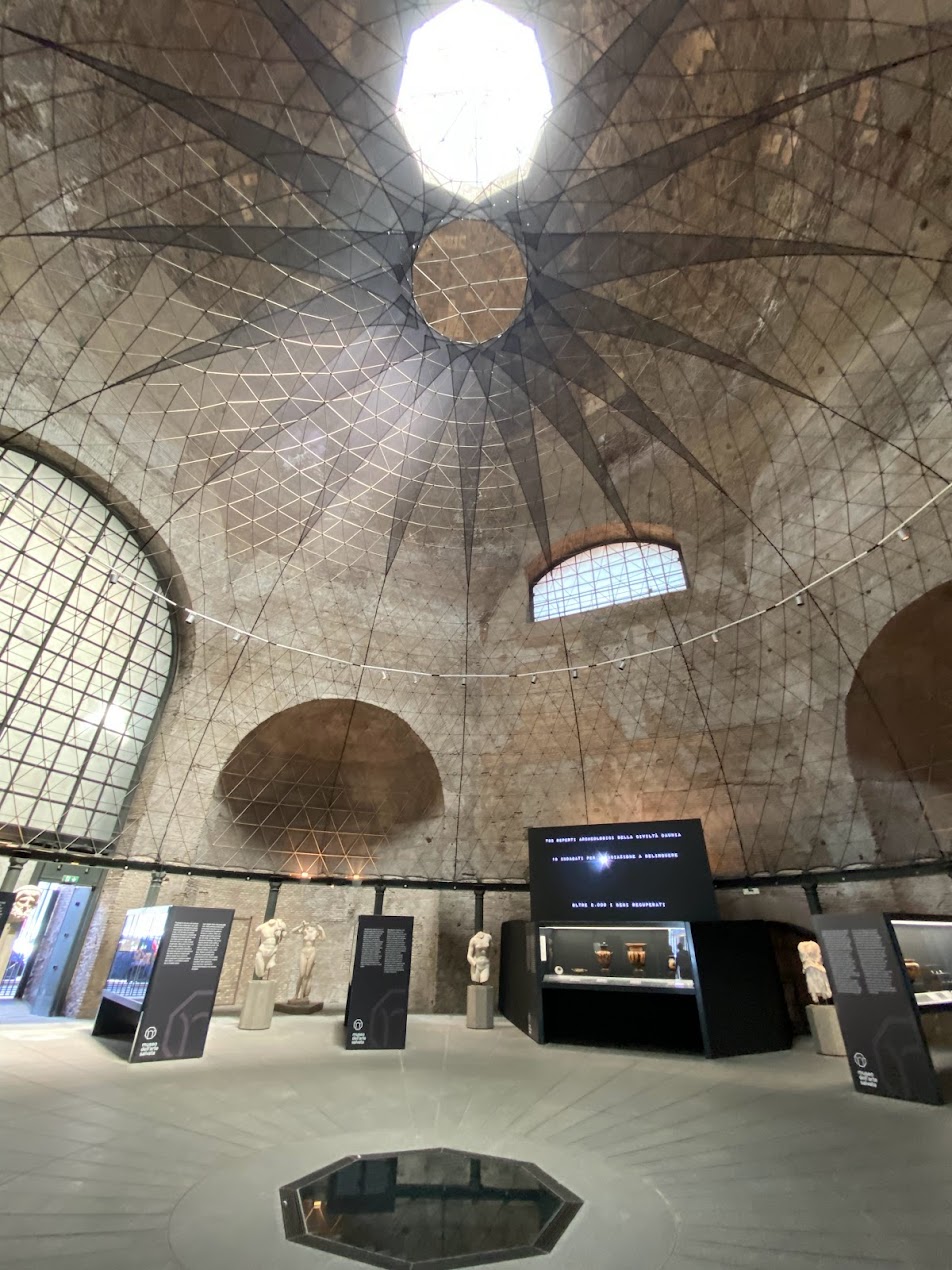
Copyright: Leila A. Amineddoleh
Our founder had the pleasure of visiting the museum shortly after its fabulous opening. The museum is intimate (the objects are all displayed in one large room), and the exhibition is excellent. The repatriated objects on display are organized in glass vitrines featuring information about the works’ significance, the ways in which they were smuggled, and the importance of repatriation. The museum notes that the objects on display are “mainly from the United States of America.” The United States (in particular, New York) is the center of the art market and so items are sold both legally on the market and illicitly. But US authorities have also been instrumental in recovering stolen and illicitly exported objects linked to Italy.
Franceschini stated: “Stolen works of art and archaeological relics that are dispersed, sold or exported illegally is a significant loss for the cultural heritage of the country…. Protecting and promoting these treasures is an institutional duty, but also a moral commitment: it is necessary to take on this responsibility for future generations.” Stéphane Verger, director of the National Roman Museum, poignantly noted: “I think of this as a museum of wounded art, because the works exhibited here have been deprived of their contexts of discovery and belonging.”
Just a month after this exhibition’s opening, another 142 Italian antiquities seized by the Manhattan DA are headed home to Italy. This included 48 items recovered from private collector Michael Steinhardt during a high-profile seizure in December 2021, where the former hedge fund manager agreed to surrender $70 million worth of antiquities. The most valuable work returned to Italy is a fresco depicting an infant Hercules strangling a snake, valued at $1 million and looted from Herculaneum. Officials revealed that another 60 of the items were recovered from Royal-Athena Galleries in Manhattan.
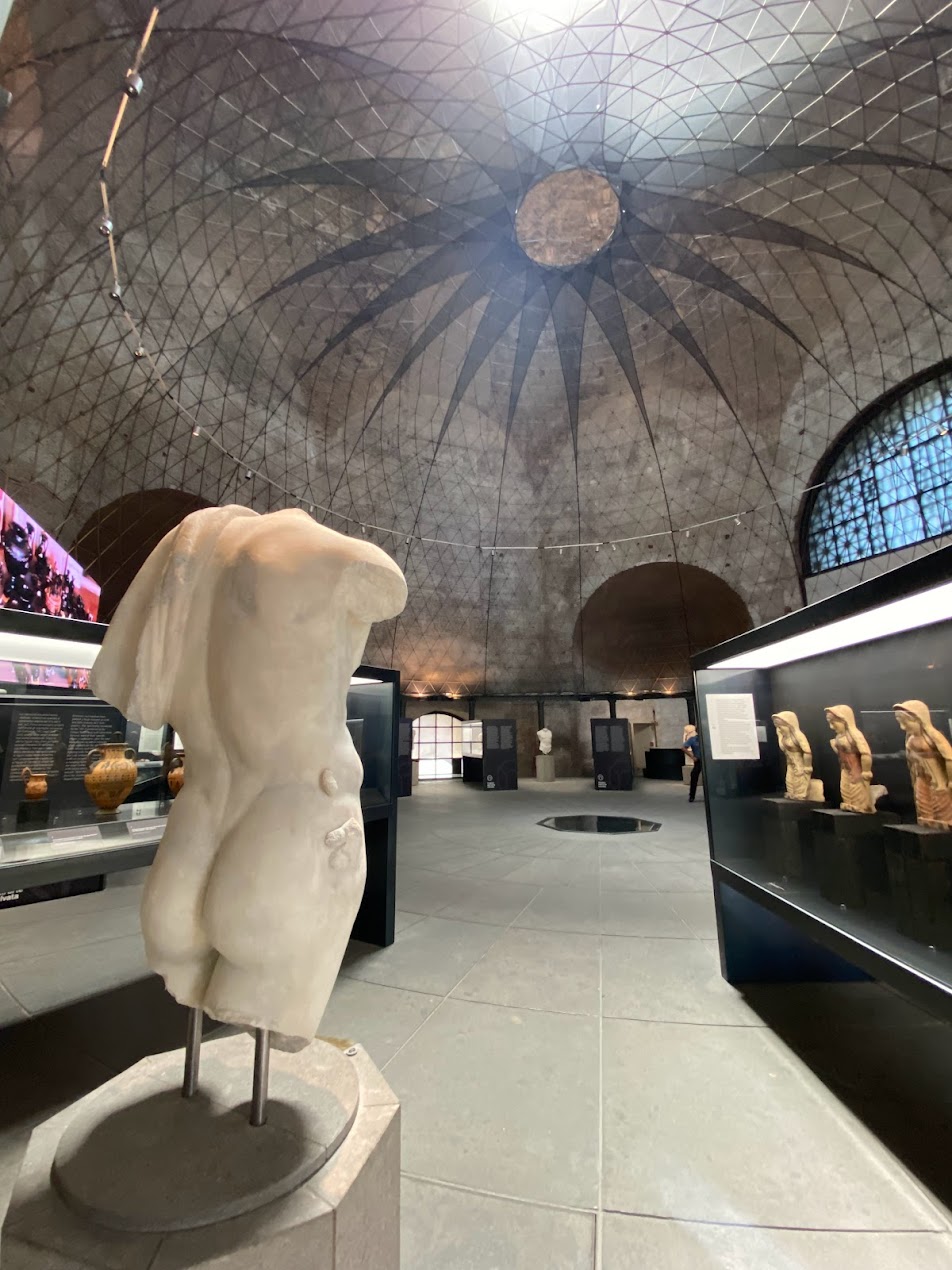
Copyright: Leila A. Amineddoleh
As this law firm is currently representing the Republic of Italy in an ongoing antiquities dispute, and our founder served as a cultural heritage law expert for the Manhattan District Attorney’s Office regarding the seizure of items from Michael Steinhardt, traveling to Rome and visiting such an impressive and important exhibition was – in Ms. Amineddoleh’s word – both powerful and gratifying. This highlights the impact of cultural heritage looting and trafficking at the global level and close to home.
The Museo dell’Arte Salvata is located in the Aula Ottagona, a building that had previously been closed for a number of years. The structure is part of the Baths of Diocletian complex, located a few minutes away from Termini Train Station (Rome’s main railway station), and across the street from the Repubblica subway station, in the heart of the Eternal City. Since it is part of the network of national Roman museums, visitors can purchase one ticket and see all five museums for one relatively inexpensive entry price. It is well worth the trip – and visitors can wrap up their visit with a large bowl of cacio e pepe and a hearty glass of Chianti Classico for a true Italian experience.


 When does the law protect fashion brands? And what is the cost to other artists? Our firm answered these questions in this posts inspired by the Fall 2022 Fashion Weeks taking place around the world. Prominent fashion designers have been known to incorporate logos of other brands into their designs, often as a part of social commentary. Even where artistry is the intent behind the repurposed logo, these designers face financially devastating intellectual property claims from major the brands and companies who own the rights to the logo. Our firm considered how to balance protecting consumers from consumer confusion with giving designers the artistic liberty to create fashion that sparks social commentary. Read more on our
When does the law protect fashion brands? And what is the cost to other artists? Our firm answered these questions in this posts inspired by the Fall 2022 Fashion Weeks taking place around the world. Prominent fashion designers have been known to incorporate logos of other brands into their designs, often as a part of social commentary. Even where artistry is the intent behind the repurposed logo, these designers face financially devastating intellectual property claims from major the brands and companies who own the rights to the logo. Our firm considered how to balance protecting consumers from consumer confusion with giving designers the artistic liberty to create fashion that sparks social commentary. Read more on our 

 Auction Sales
Auction Sales


 MArTA is one of Italy’s national museums. It was founded in 1887, and is housed on the site of both the former Convent of Friars Alcantaran and a judicial prison. Although most architectural structures from the Greek era in Taranto did not stand the test of time, archaeological excavations have yielded a great number of objects from Magna Graecae. This is due to the fact that Taranto was an industrial center for Greek pottery during the 4
MArTA is one of Italy’s national museums. It was founded in 1887, and is housed on the site of both the former Convent of Friars Alcantaran and a judicial prison. Although most architectural structures from the Greek era in Taranto did not stand the test of time, archaeological excavations have yielded a great number of objects from Magna Graecae. This is due to the fact that Taranto was an industrial center for Greek pottery during the 4
















